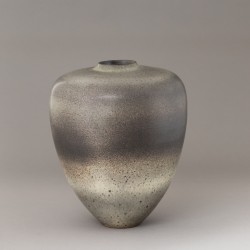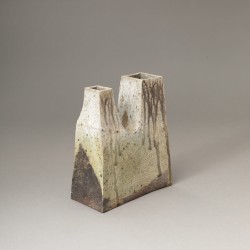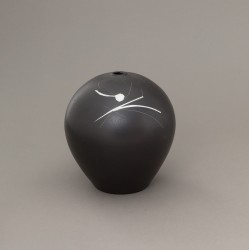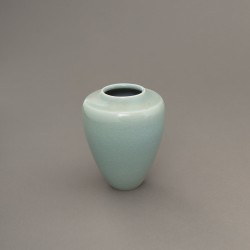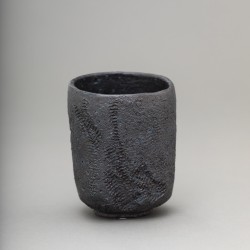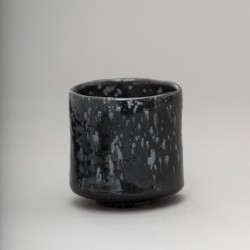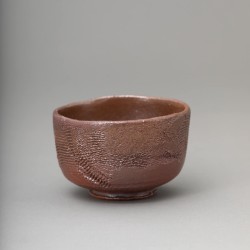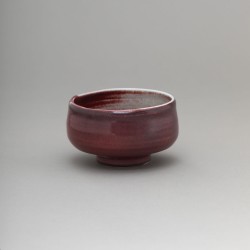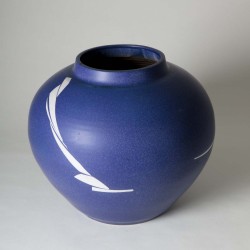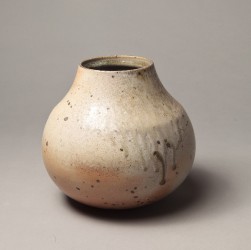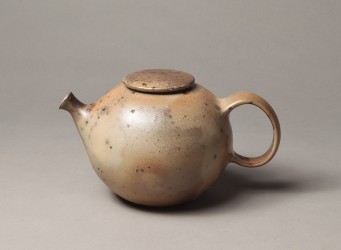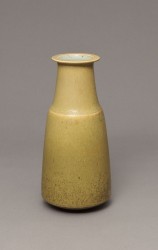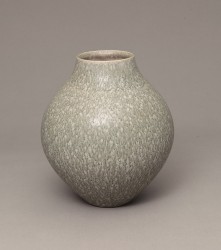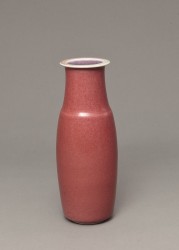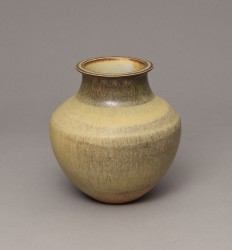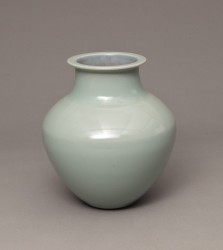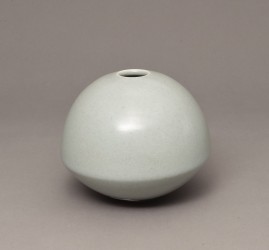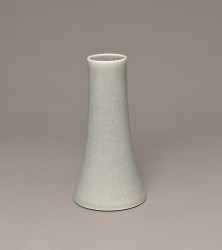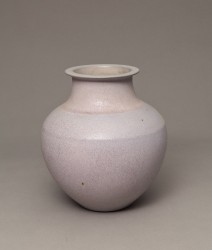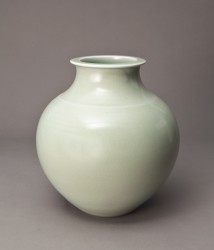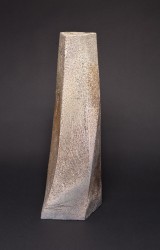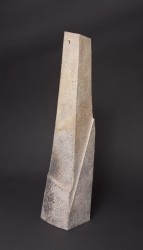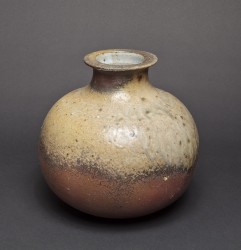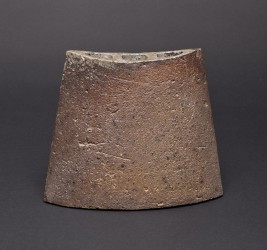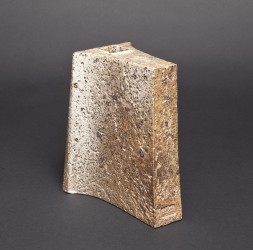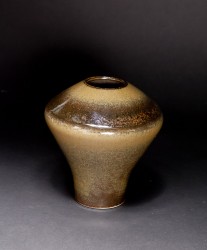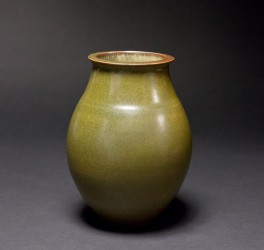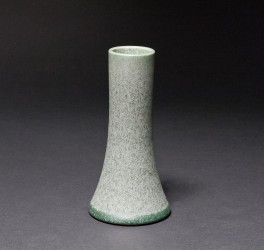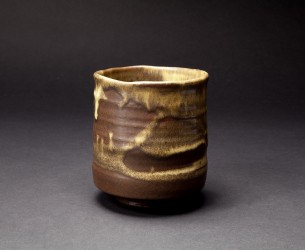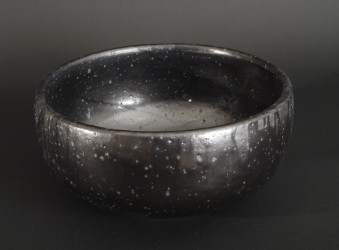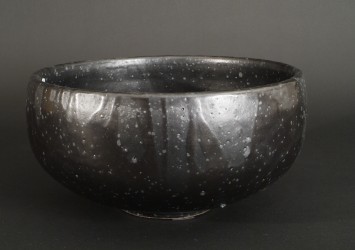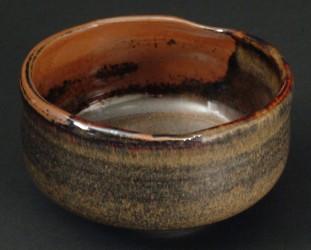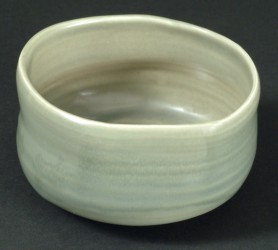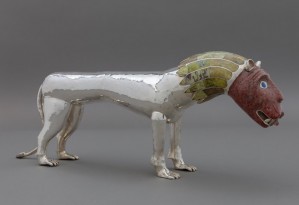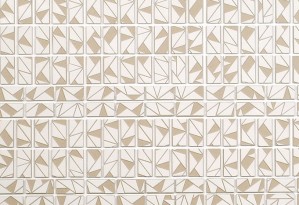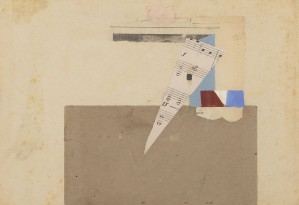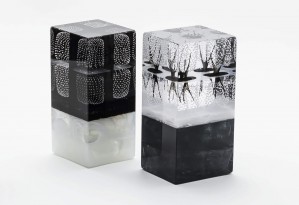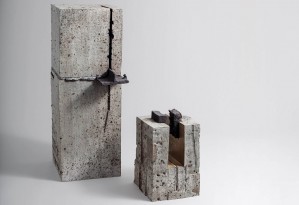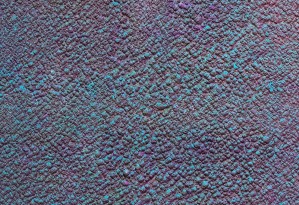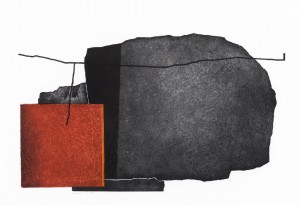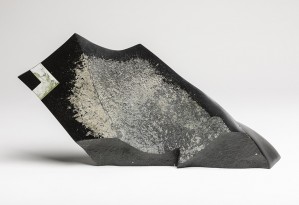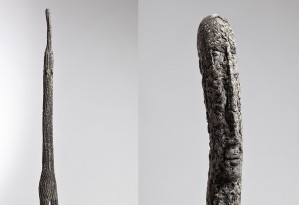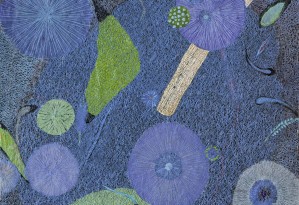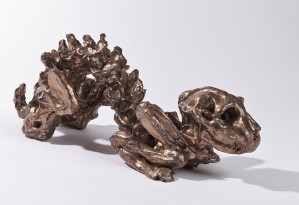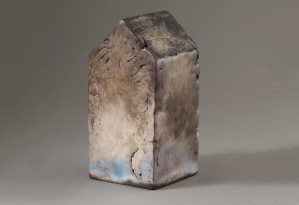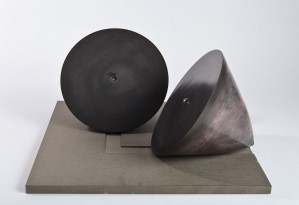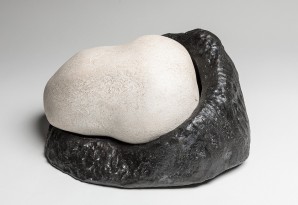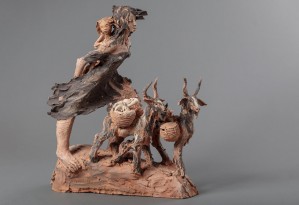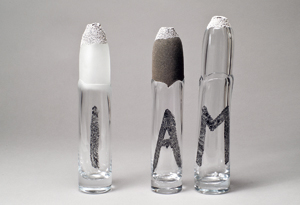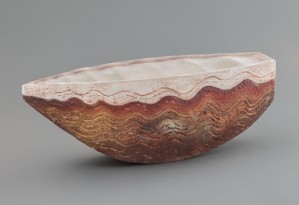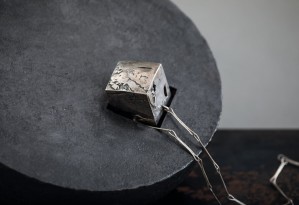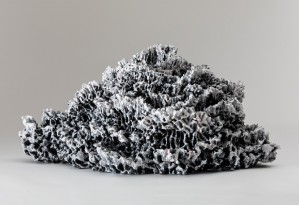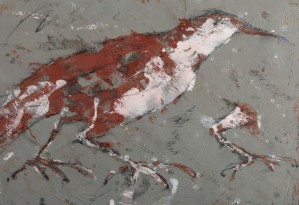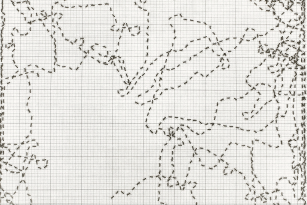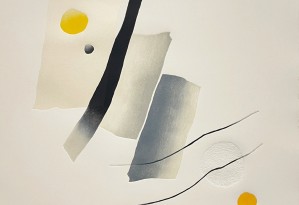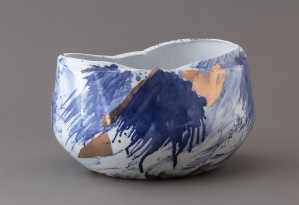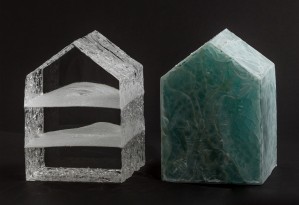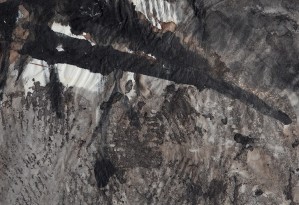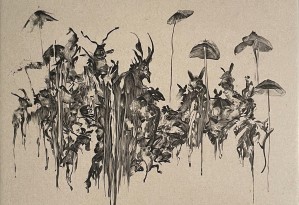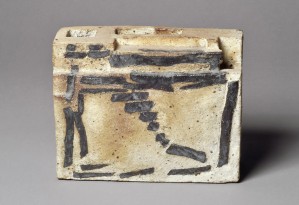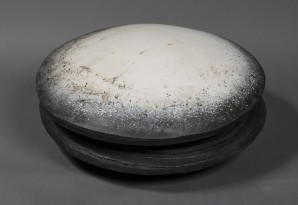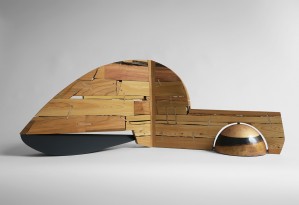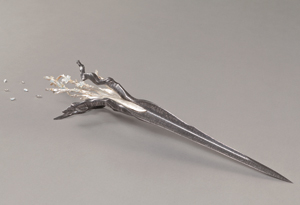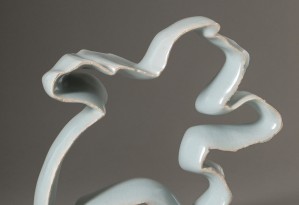DEBLANDER Robert, ceramic, permanent artist of Galerie Capazza since 1986
Robert Deblander, the master of the requirement
“Rigor of simple volumes, without entering the minimalist ideology, lends itself to so-called useful items as forms liberated of their usefulness; it gives strength to the image of each one. However, even before the 60’s and regularly thereafter, graphic compositions, delicate calligraphy, color reappearance came to animate the austere surfaces of pottery and stoneware under fire. But porcelain, adopted only in 1975, however, seems to have prevailed. This stylish success has failed to fill the original potter Deblander, who wanted to challenge, in an occidental way, the strangely free and disciplined "chawans" of Japanese Zen. Their spirit lent themselves beautifully to an exciting recovery of all practices experienced by Robert Deblander since its inception. It was a quiet riot of bowls marking the end of a period and introducing (or reintroducing) sculptures created in the 1970s.
(...)The internal borders of the ceramic, Robert Deblander has experienced them, but also thought and analyzed. To complete his commitment in the defense of ceramic art, he wrote frequently on the work of his colleagues, focusing on the most vulnerable, the creation ceramic, and has always maintained his belief, true to himself, voluntarily lonely without deviating its way.
He probably opened a way into the ceramic world, as an artistic medium. He will remain a master unintentionally, although he has not generated a movement, but simply created a style that bears his name and which can be a step for a young designer or a milestone in a potter adventure. This refinement is inimitable or too representative; it is the protection against copying. If someone tries, to find a diversion or other characteristic is mandatory because it seems impossible to surpass.
(...) The Deblander style is defined; purity of forms, perfection of finish, technical requirement, quality of material, integration of decor and how it fits into the artistic news: but the essential is certainly not said because the fervent wish of the ceramist remains to achieve this kind of aura that surrounds any of his creations, because it’s at this point that we can clearly talk about art. This perfection combined with the functional requirement led to the design, but this way, too dependent on an economic system did not suit him. The origin of manufactured goods is quickly forgotten and all the credit for the artist to be a pioneer.
Robert Deblander applied the lesson of freedom he received from Vassil Ivanoff. He is given the challenges while remaining true to himself, he forced himself, "with the courage of unconsciousness" to develop the area of its creation, he will remain an outstanding representative, attentive witness of the French ceramic art of the mid-twentieth century”.
Nicole Crestou, Robert Deblander, Review of the Ceramic and Glass
Biography
Born in Paris, January 22, 1924, died May 8, 2010.
Public collections
Musée Cantini, Marseille, France
Préfecture de Nevers, France
Musée de Freichen, Cologne, Germany
Musée des arts décoratifs, Paris, France
International Ceramics Academy, Kyoto, Japan
Frac Limousin, , France
Sous-préfecture de Cosne sur Loire, France
Frac Languedoc-Roussillon, France
Musée National de Sèvres, France
Conseil Général de la Nièvre, France
Read more